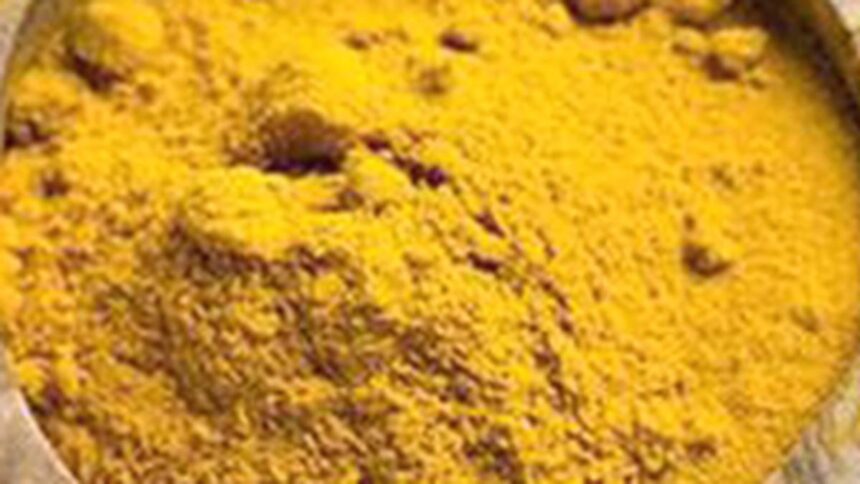Turmeric, often referred to as the “golden spice,” has been a staple in Indian cuisine and traditional medicine for centuries. Known for its vibrant color and potent health benefits, turmeric has gained popularity worldwide and its demand continues to rise. With India being the largest producer, consumer, and exporter of turmeric globally, the country holds a significant position in the global market.
However, despite its dominance in the turmeric sector, India faces challenges that hinder its full potential in the international market. Issues such as fluctuating prices, limited market access, and inadequate post-harvest infrastructure pose obstacles for both farmers and exporters. To address these challenges and strengthen India’s position as a global turmeric hub, the Indian Council for Research on International Economic Relations (ICRIER) and Amway India Enterprises Pvt Ltd have released a comprehensive report titled “Making India the Global Hub for Turmeric.”
The report outlines a strategic roadmap that focuses on key areas for improvement, including the promotion of high-curcumin turmeric varieties that meet global quality standards. Currently, India only supplies 10% of the global demand for turmeric with curcumin levels above 5%, which has lower Maximum Residue Levels (MRLs). By enhancing research and development to improve high-curcumin varieties and promoting them on a global platform, India can increase its market share and solidify its position as a leading turmeric producer.
The report also emphasizes the importance of leveraging Geographical Indication (GI) tags to protect and promote India’s turmeric varieties in international markets. By securing GI in products with over 5% curcumin, India can enhance the value and recognition of its turmeric in the global market. Additionally, providing subsidies for third-party organic certification, streamlining regulatory bodies, and signing mutual recognition agreements for regulatory cooperation are recommended to further support farmers and boost exports.
Furthermore, the report highlights India’s immense potential in the turmeric sector, with the country cultivating turmeric on a significant scale. Investments in scaling up Farmer Producer Organizations (FPOs) and promoting knowledge sharing through research and development are crucial steps in achieving transformation and aligning production practices with global standards. By ensuring sustainable farming practices and strengthening India’s reputation as a reliable supplier of turmeric, the country can capitalize on its strengths and capitalize on the growing global demand for this versatile spice.
In conclusion, the report by ICRIER and Amway India offers a comprehensive analysis of the current landscape and future opportunities in the turmeric industry. By implementing the recommended strategies and leveraging India’s potential as a global turmeric hub, the country can enhance its exports, drive growth in the sector, and achieve the vision of making India a prominent player in the global turmeric market.







